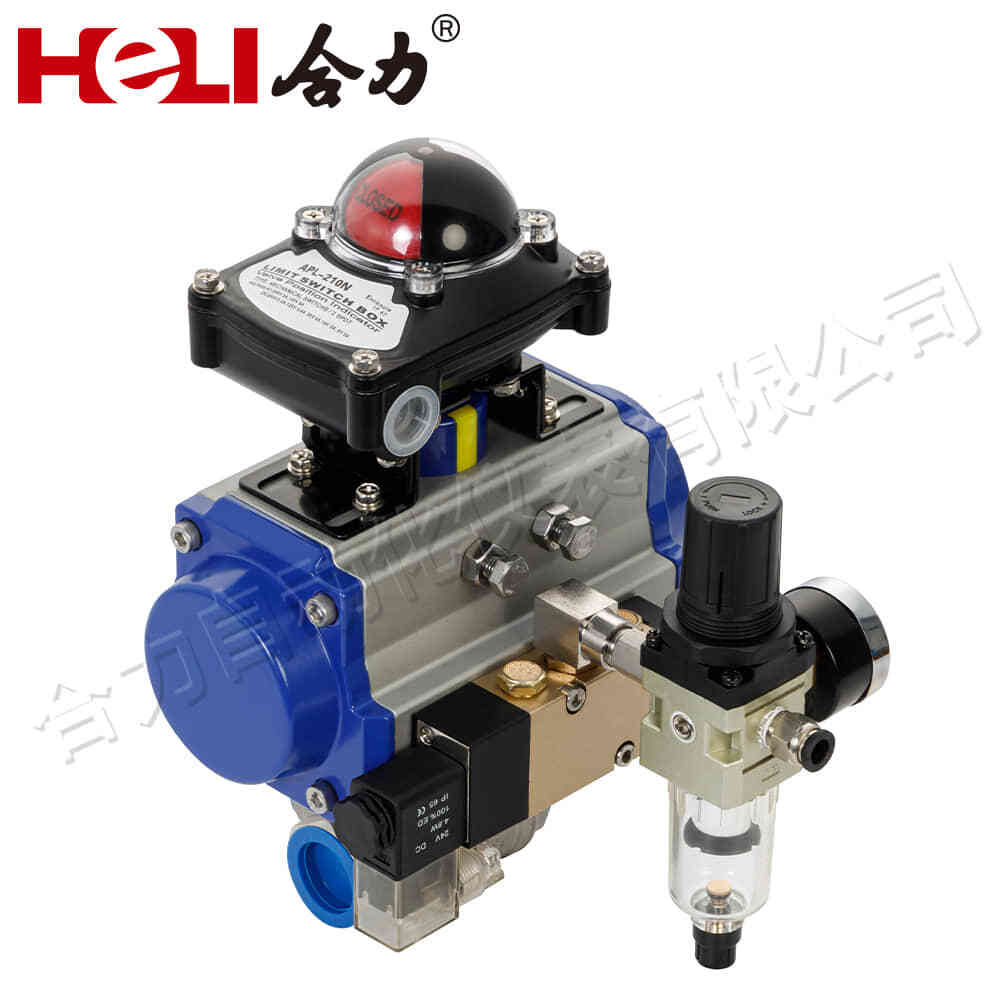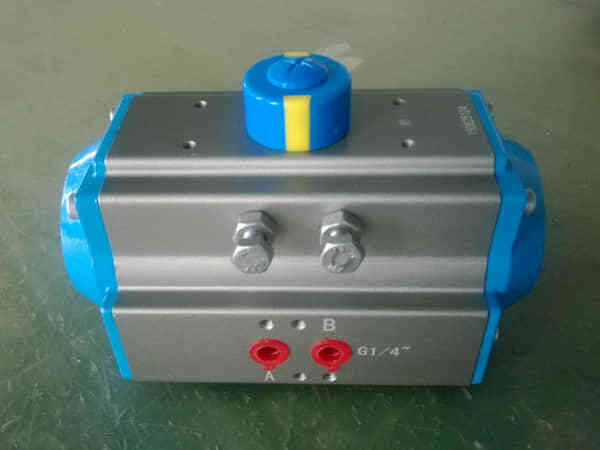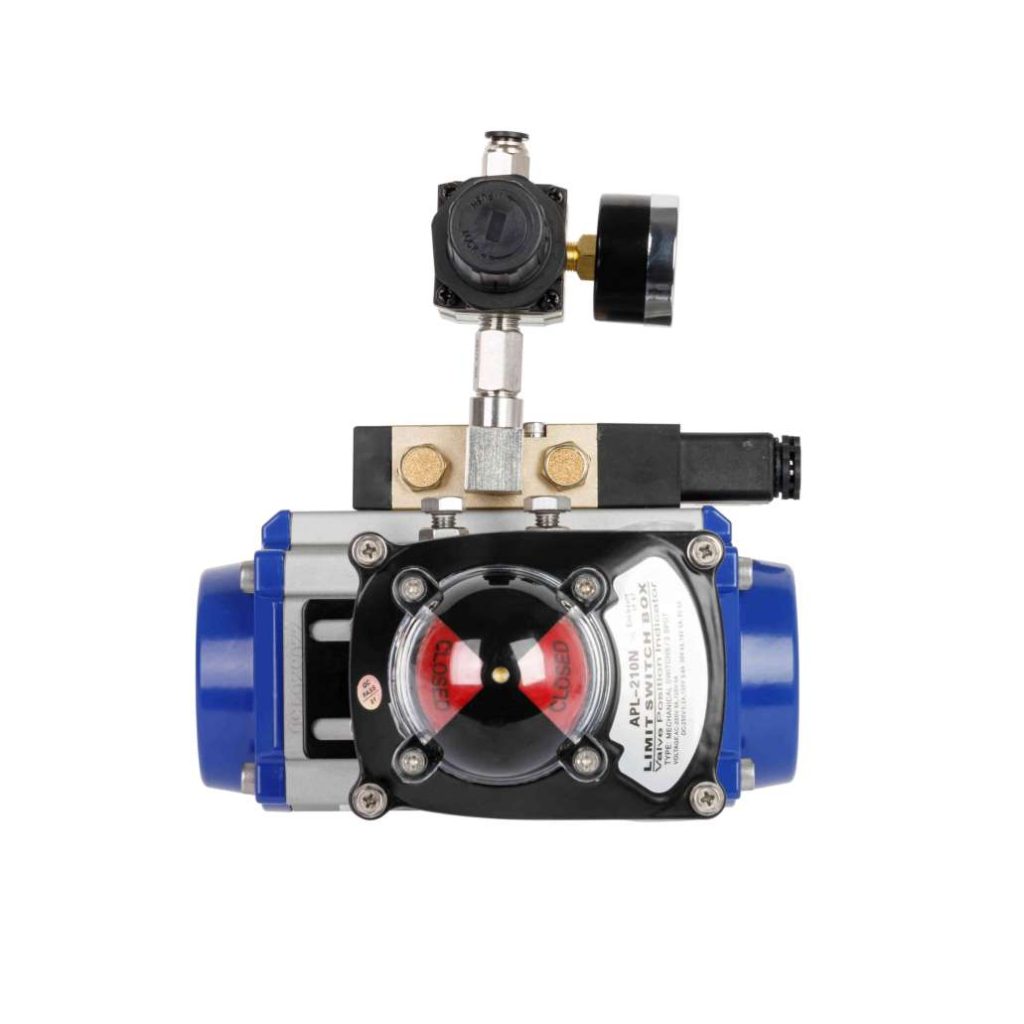Pneumatic actuators are essential devices widely used in automation, industrial processes, and mechanical systems. These actuators convert compressed air into mechanical motion, enabling a range of tasks such as opening and closing valves, driving machinery, or positioning tools. Their simplicity, efficiency, and versatility make them a popular choice in industries that require reliable and cost-effective solutions for motion control.

What is a Pneumatic Actuator?

A pneumatic actuator is a mechanical device that uses compressed air to produce linear or rotary motion. The core components of a pneumatic actuator include a cylinder, a piston, and a series of valves. The compressed air enters the cylinder and pushes the piston in a specific direction, causing the actuator to perform its intended task. The actuator can either move in a linear fashion (back-and-forth motion) or rotationally (circular motion), depending on the type of actuator. Types of Pneumatic Actuators There are several types of pneumatic actuators, each designed for specific applications. The most common types are:
